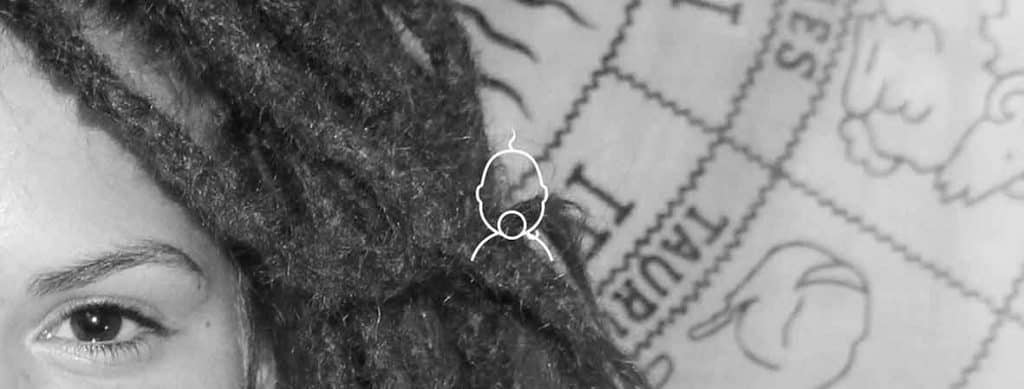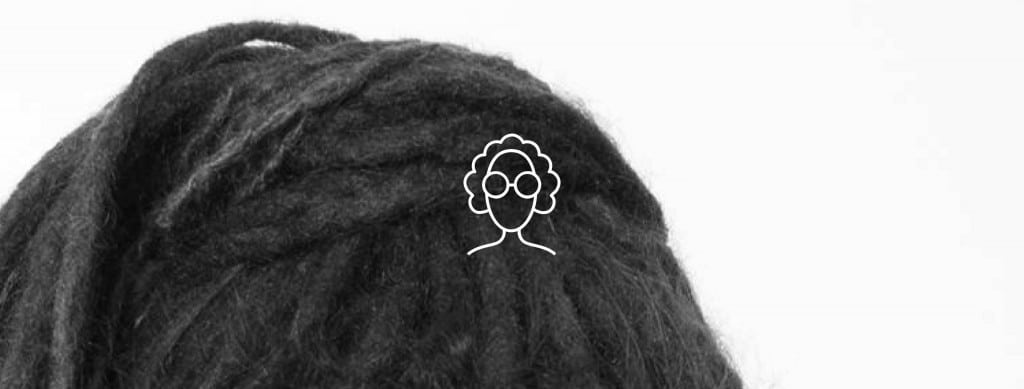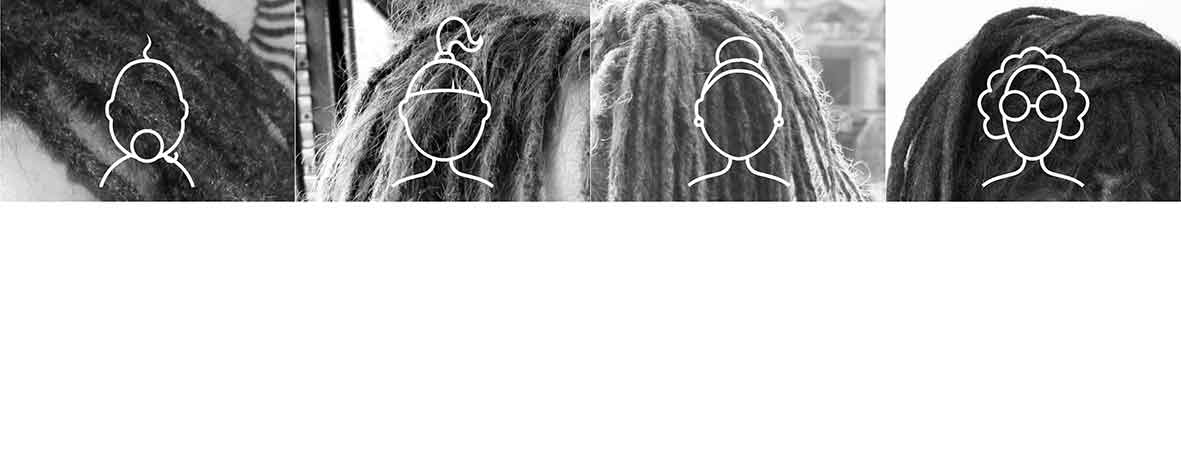What you need to know on your trip.
Your dreadlocks will go through some developments. Here you will learn each stage of the dreads. From high-maintenance baby to grandmother dreadlocks. Everything you need to know about the life cycle of dreads.
Baby dreads
At the very beginning of the life cycle: baby dreads we call freshly made dreads.
These are compact and also no longer open. But they can stick out funny from the head for the first few weeks, especially with short dreadlocks.

Teen dreads
The first 2 years
Puberty is the critical phase when dreadlocks get a little older. They can start to fuzz, especially if they are frequently exposed to water.

Adult Dreads
Until 10 years
Adult dreadlocks are compact and grow even faster. The dreadlocks only need to be re-crocheted at the base from time to time. Care should already be taken to treat the dreadlocks a little more carefully. Many who have thin dreads lose a small piece now and then. No big deal because they are already long.

Granny dreads
10 years +
Your dreads are already old and can become brittle. Use coconut oil to restore moisture to your hair. Continue your crochet routine. Be careful not to stress your dreadlocks too much. Sun, salt water and heat are not healthy for old dreadlocks.

Comb out dreadlocks? Is it possible?
- It’s a myth that you have to cut off dreads if you don’t want them anymore.
- You can comb up dreadlocks even after many years. It is best to shorten the dreads a little and then open them from the bottom up with a crochet hook.
- Your hair will recover completely afterwards (give it some time).
Comments are closed.

